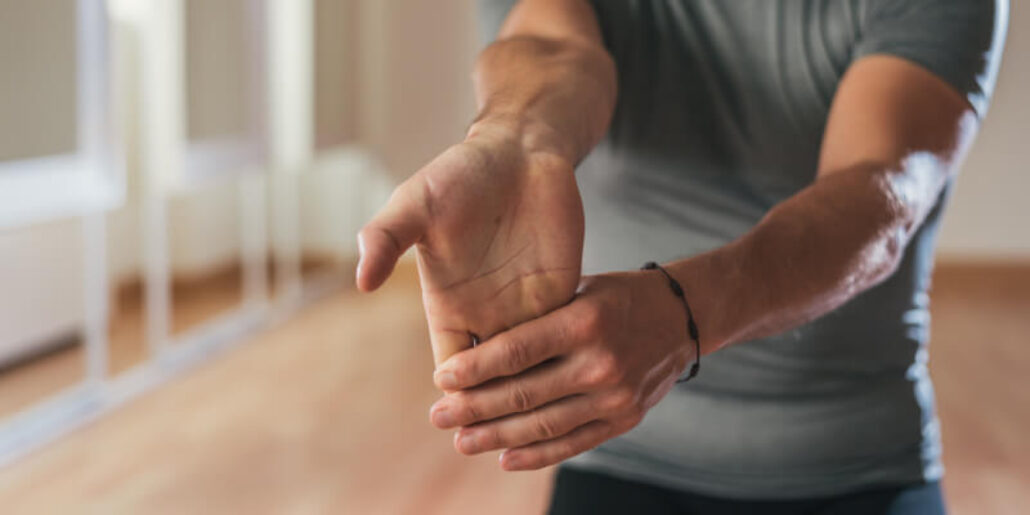We spoke with Summit Orthopedics hand therapist Sara Balster, MS, OTR/L, CHT, to learn about the top hand therapy exercises you can do to stay limber and pain-free.
What kind of hand therapy exercises are best to help with grip strength, range of motion, and flexibility? We asked Summit Orthopedics hand therapist Sara Balster, MS, OTR/L, CHT, to share her best hand therapy exercises to help with common hand symptoms.
“The hand therapy exercises we use vary a lot. They’re tailored to the individual’s needs based on a detailed evaluation,” Balster said. “But in general, if you have stiffness and tightness to work on, there are a few exercises that can help.”
Top three general hand therapy exercises
Note: If you want to see photos or videos of these exercises, just type the name of the exercise into your favorite search engine.
More resources for you:
- Find out how hand therapy can help arthritis
- Learn more about the common reasons athletes may need hand surgery
- Learn how cold weather can impact arthritis

